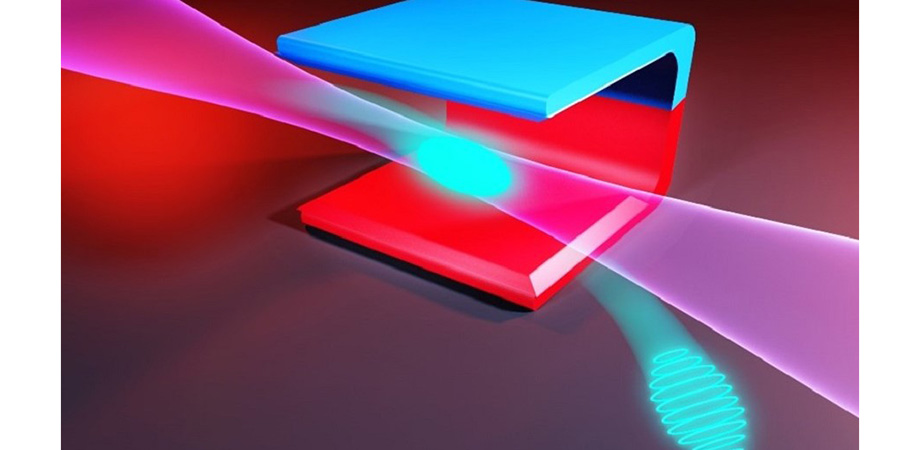Free electron laser insight: Laser–beam interaction in a dipole magnet

Free electron lasers (FELs) generate short-wavelength radiation with extreme brilliance on ultrafast timescales. Developed over the past three decades, FELs provide an important research tool for physics, biology, chemistry, and other areas.
Unlike other synchrotron light sources, the amplification of FEL pulses comes from strong and continuous interaction of electromagnetic waves and relativistic electron beams in a periodic lattice of alternating dipole magnetic fields, known as an undulator. The undulator for modern x-ray FELs (XFELs) exploits a positive feedback loop—a revolutionary development that facilitates research into the nanoscale world. While XFELs continue to develop, one of the most basic processes of FEL lasing—energy exchange within the subperiod of the undulator—had not been measured directly until recently.
Researchers from the Shanghai Advanced Research Institute and the Shanghai Institute of Applied Physics of the Chinese Academy of Sciences contributed to a deeper understanding of FEL physics by evaluating the interaction between an ultraviolet laser and a relativistic electron beam in a pure dipole magnet. As reported in Advanced Photonics, the team used a 266-nm laser at the Shanghai soft x-ray FEL test facility to modulate an 800-MeV electron beam. In the experiment, the energy modulation of the electron beam was observed directly via an x-band transverse deflection structure and was measured as 40 keV. The results showed that a short dipole magnet can serve as an effective tool for introducing energy modulation of relativistic electron beams, effectively tailoring FEL pulse properties by introducing precise bends in the pathway.
The team also demonstrated the feasibility of using the energy modulation obtained in the dipole magnet for FEL lasing at the sixth harmonic of a seed laser. Using a seed laser with a peak power of hundreds of gigawatts, they showed that it is possible to directly obtain an energy modulation amplitude on the order of a million electron volts (MeV) for seeded FELs.
According to first author Jiawei Yan, formerly a PhD student at Shanghai Institute of Applied Physics and currently a physicist at European XFEL, "The work completes the last indispensable experimental measurements of FEL physics, revealing the most fundamental process of the FEL lasing and opening new directions for the study and exploitation of laser–beam interactions." In light of the results, Yan predicts the development of compact laser heater systems for high-brightness XFELs, stable energy modulators for plasma accelerator-based XFELs, and even novel radiators for future coherent light sources.
Read the open access article by Jiawei Yan et al., "First observation of laser–beam interaction in a dipole magnet," Adv. Photon. 3(4), 045003 (2021), doi 10.1117/1.AP.3.4.045003.
| Enjoy this article? Get similar news in your inbox |
|



